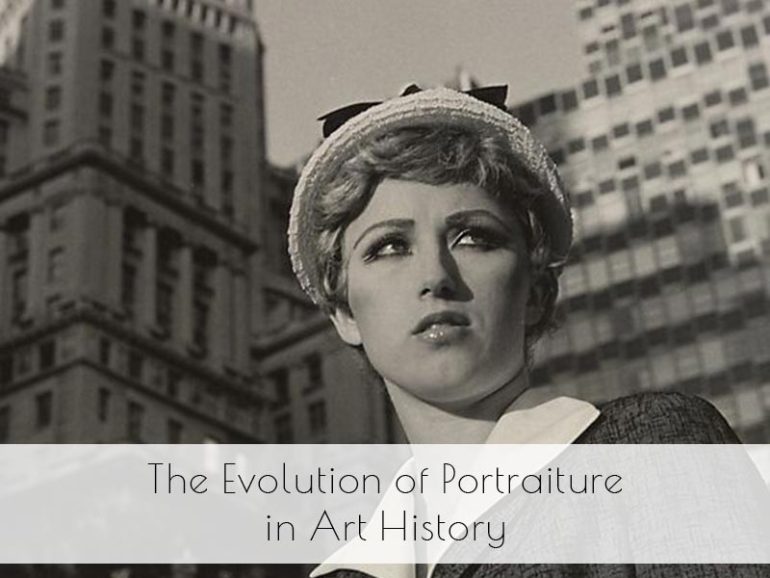Portraiture has long been a significant genre in art history, serving as a means to capture the likeness, personality, and even the soul of the subject. From ancient civilizations to modern-day photography, portraits offer a fascinating glimpse into the ways people perceive and present themselves across different cultures and eras. We thought it would be great to explore the evolution of portraiture, highlighting key developments and artists who have left an indelible mark on this timeless art form for our students to study.
Ancient and Classical Portraiture
Portraiture has its roots in ancient civilizations, where it was often used to immortalize rulers and deities.
- Egyptian Portraiture: Ancient Egyptian portraits, such as the iconic bust of Nefertiti, were created to convey the power and divine nature of their subjects. These works often combined idealized features with symbolic elements to emphasize the subject’s status and attributes.
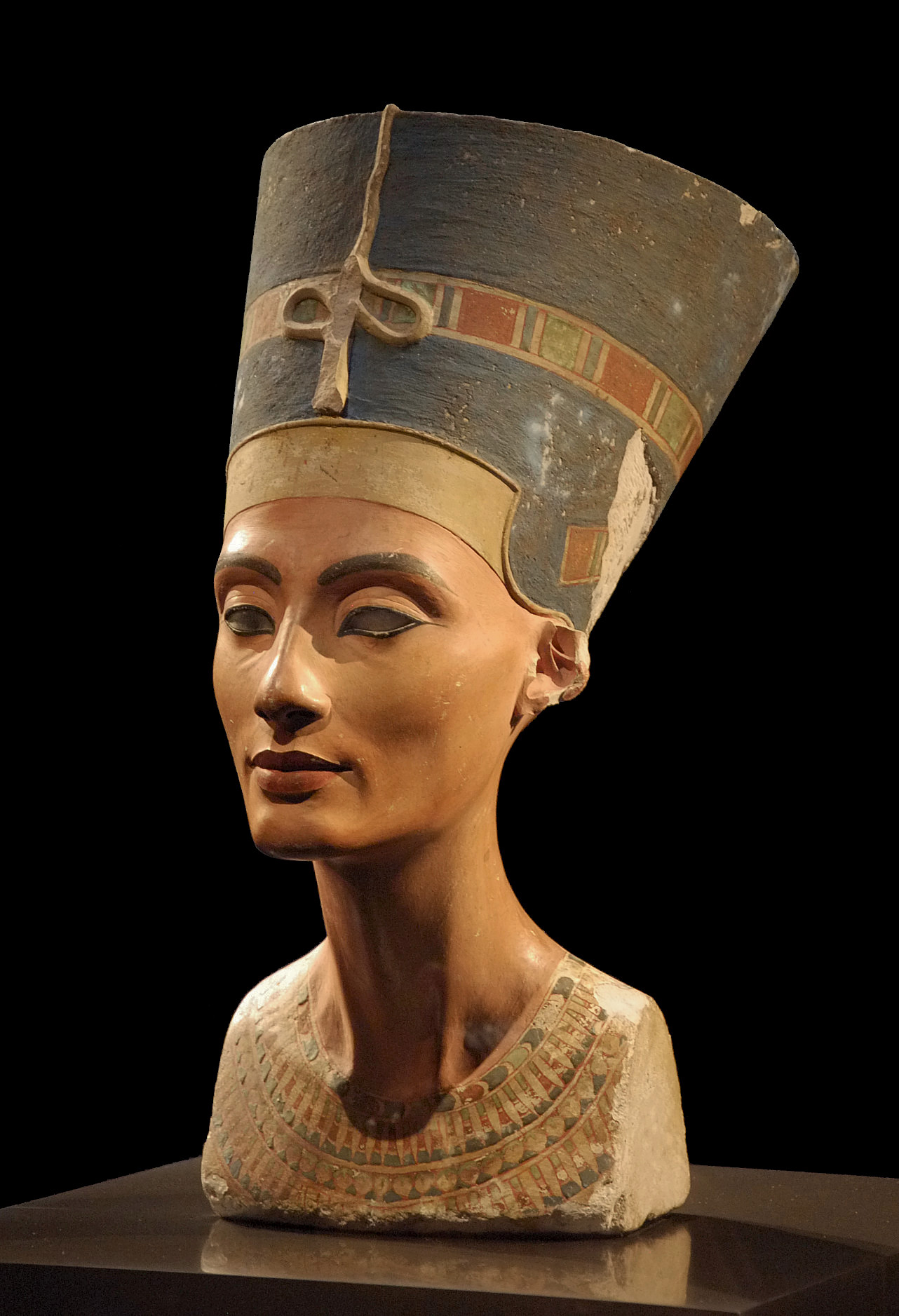
- Greek and Roman Portraiture: The Greeks and Romans advanced the art of portraiture by introducing more naturalistic and individualized representations. Greek sculptors like Lysippos created realistic bronze portraits of notable figures. The Romans continued this tradition with highly detailed busts that captured the distinct features and personalities of their subjects.

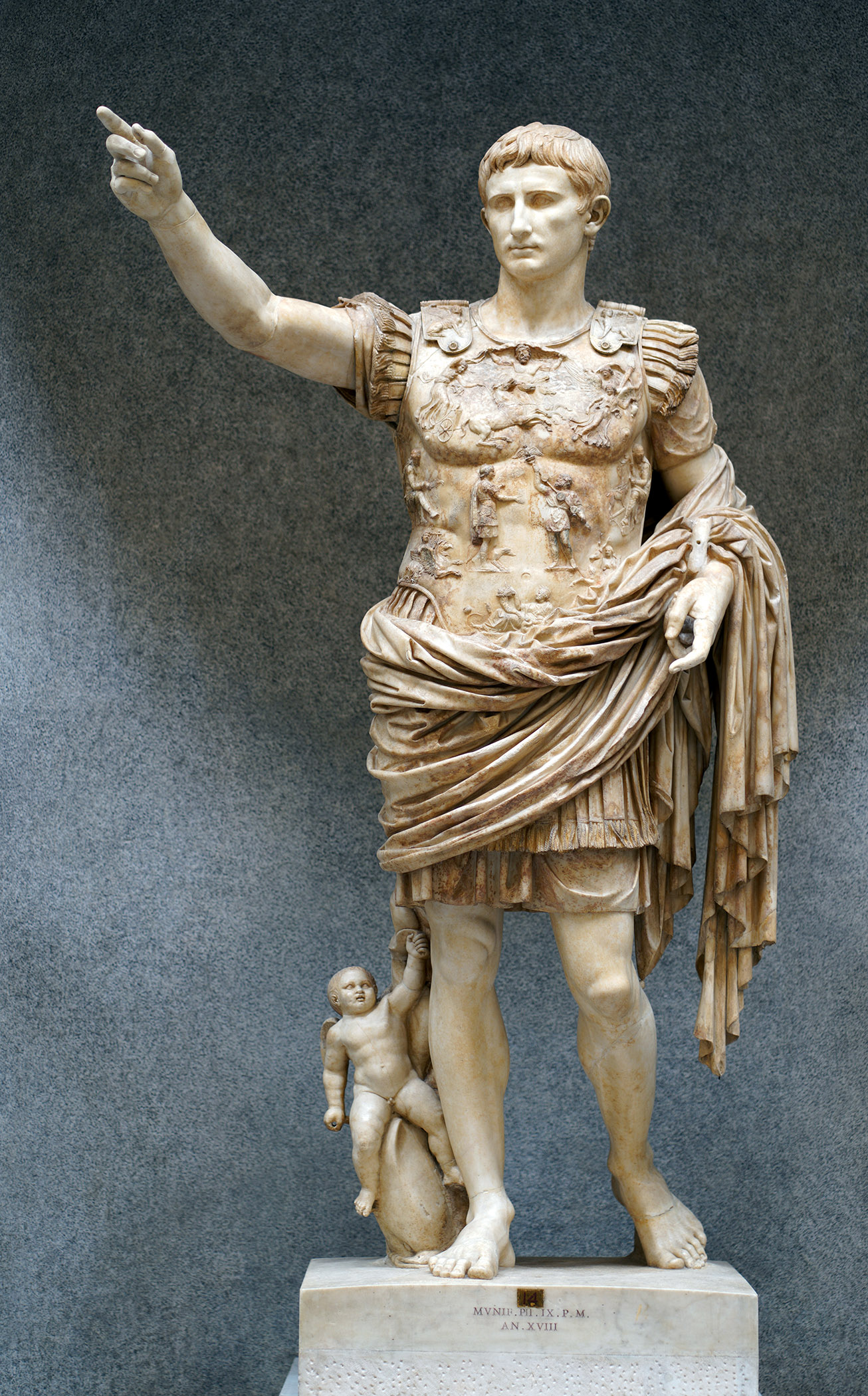
Renaissance Advancements
The Renaissance period marked a significant transformation in portraiture, with artists striving for greater realism and exploring new techniques.
- Leonardo da Vinci: Leonardo’s “Mona Lisa” is perhaps the most famous portrait in art history. This masterpiece is celebrated for its lifelike representation, the sitter’s enigmatic expression, and the innovative use of sfumato, a technique that creates a soft, gradual transition between colors and tones.
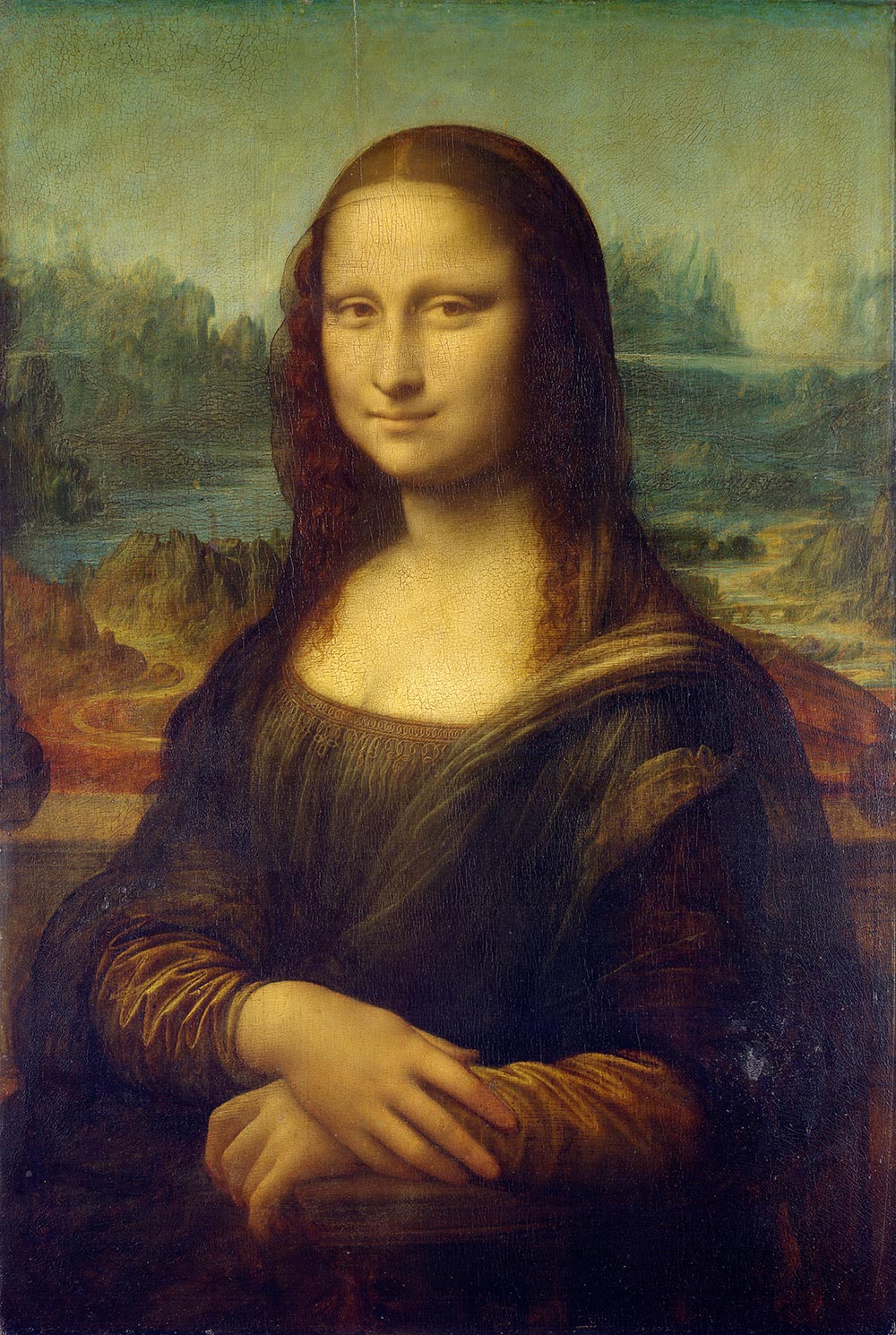
- Raphael: Raphael’s portraits are known for their grace, clarity, and balanced composition. His work “Portrait of Baldassare Castiglione” exemplifies his ability to capture the character and dignity of his subjects with meticulous detail and harmonious proportions.
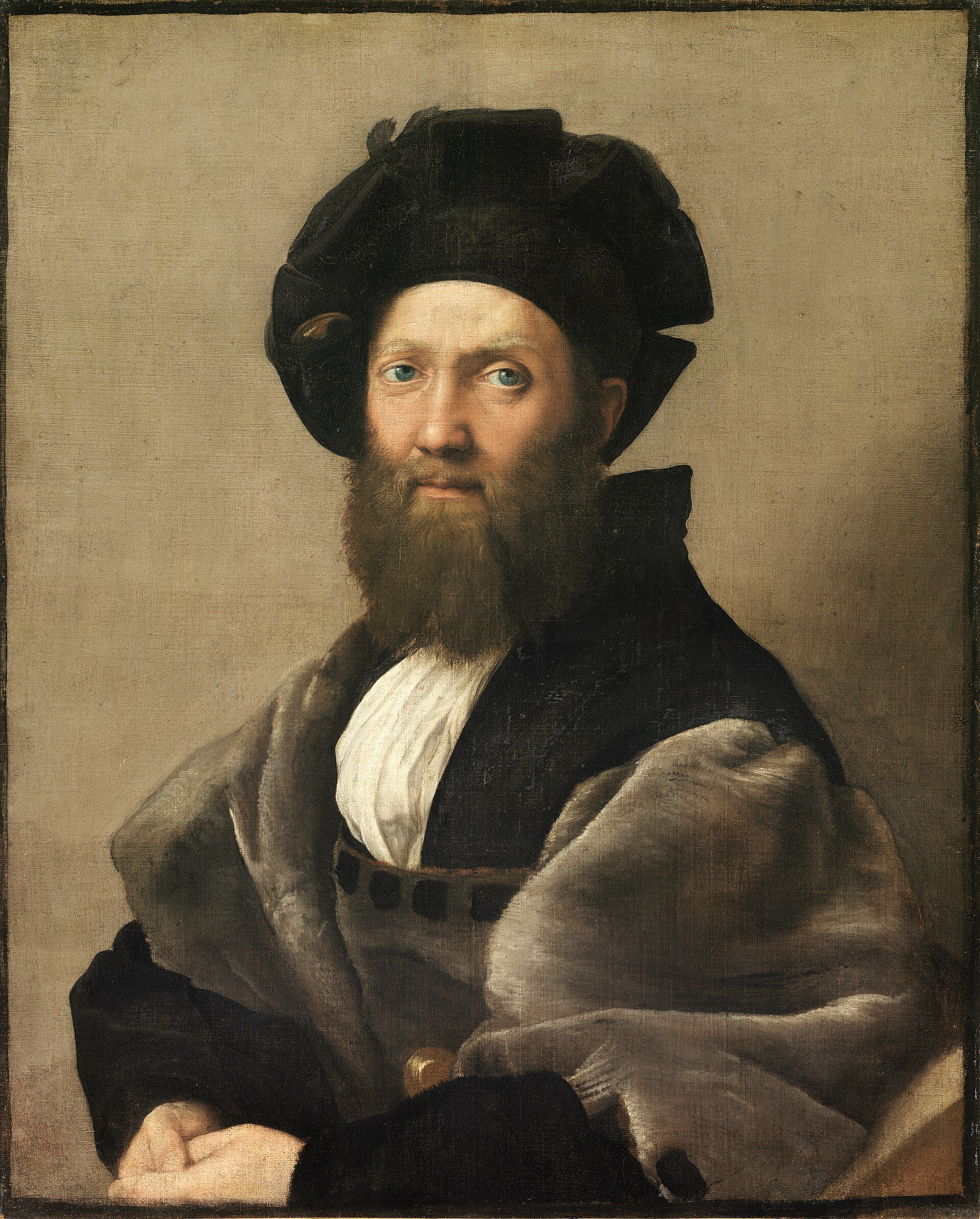
Modern and Contemporary Approaches
The 19th and 20th centuries brought about new approaches to portraiture, reflecting the changing dynamics of society and artistic expression.
- Vincent van Gogh: Van Gogh’s self-portraits offer a deep, emotional insight into his troubled psyche. His use of bold colors and expressive brushwork conveyed intense personal experiences, moving beyond mere physical representation to explore the inner self.

- Cindy Sherman: In contemporary art, Cindy Sherman revolutionized portraiture through her conceptual self-portraits. By assuming various personas and using photography as her medium, Sherman challenges notions of identity, gender, and societal roles.

- Kehinde Wiley: Wiley’s vibrant and large-scale portraits depict contemporary African American subjects in poses reminiscent of classical European portraiture. His work addresses themes of race, identity, and the politics of representation.
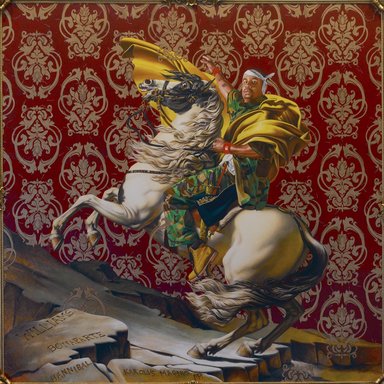
Portraiture has evolved significantly over the centuries, from the idealized representations of ancient rulers to the introspective and conceptual works of modern and contemporary artists. Despite these changes, the core purpose of portraiture—to capture the essence of the subject—remains unchanged. As artists continue to explore new methods and perspectives, portraiture remains a powerful medium for personal and cultural expression.
If you would like to receive a roundup of all of our blog posts once a week to keep you inspired in your inbox, why not sign up to our newsletter. You can access our sign up at the top of our page. If you are a London Art College student and you would like your artwork featured here, drop us a line at any time.

